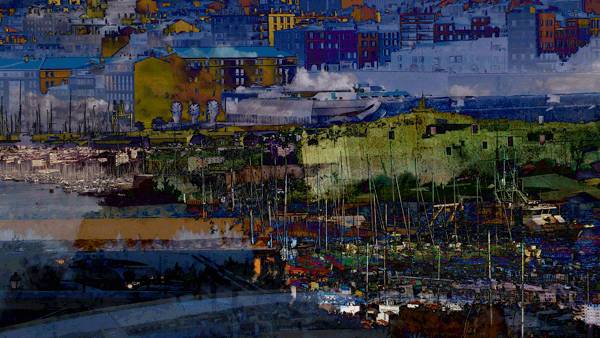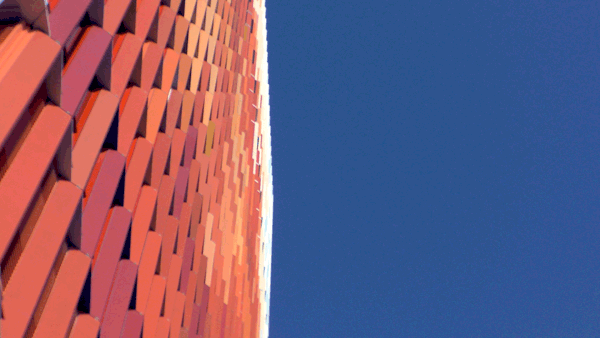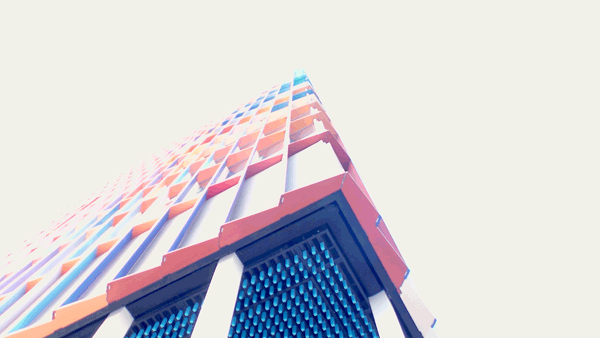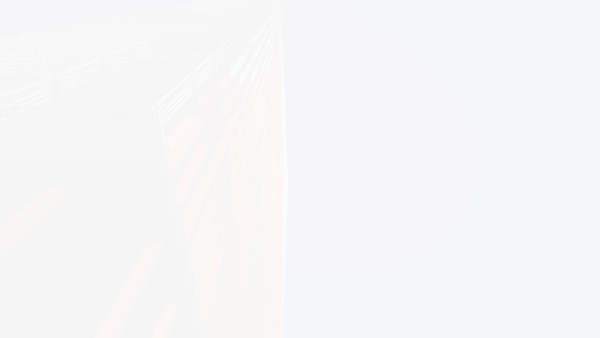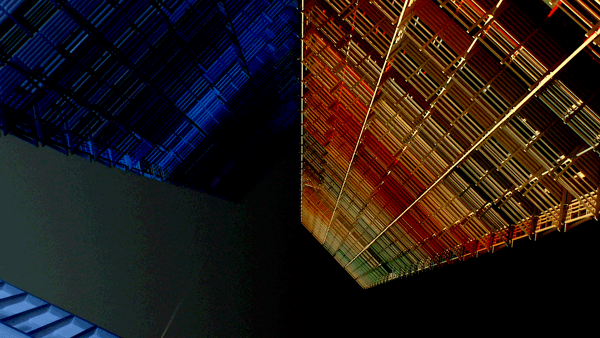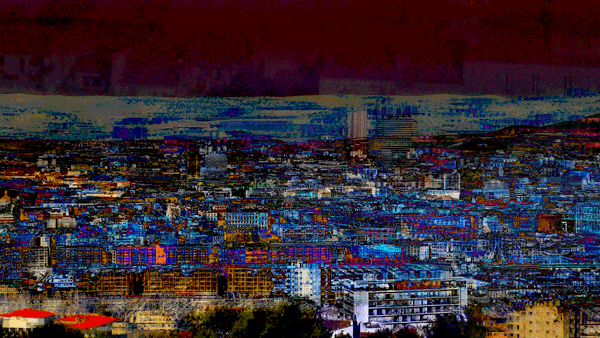Quadriptyque 12.08.02. by Claude Ciccolella
58'00 stereo 2019
"When I paint, I do not propose to communicate a meaning, painting is not a sign, if art were reduced to communication, we could throw the work once the message has passed. of forms on which the senses come and go, according to moods, eras ... according to who we are.It is neither a language nor an image, but first of all a practice. that I learn what I am looking for, I have no pre-established project: what I do tells me what I have to do." Soulages
About
From this video adventure, the object of my research emerged. In the final stages of editing the first video that unintentionally initiated the two following ones, I realized I had developed an epistemological type of aesthetics where the scientific concept was not shown but interpreted and distorted into sensory experiences and where the intrinsic methods of cinematography were prominent. Fragments from my past connected with those from my university studies and from the process of selecting and programming for the International Experimental Video Festival "Images Contre Nature". In this practice of experimental cinema, of "cinema itself" as D. Noguez wrote, which lies between visual art and cinema, the pattern turned into a central object is confronted through an interplay of shots and countershots, in an unforeseen way, with its transfiguration and disappearance. Scientific concepts are subjectively approached through free perception and a system where representation is made of accident, chance, interplaying colours, superposition, suspension, bursting spaces, and non-linear time. The starting point of the first three experiments was the capture itself and the numerous framings, compositions, positionings, inclinations, openings of the diaphragm. Each pattern was only considered and thought of as an object at the very end of each production, and named after the month of their capture, in the following order: wild nature, the Endoume archipelago in December, an architectural monument "La Marseillaise" in August and the urban space of Marseille in February. February. Since almost no rule was predefined, many editing attempts were needed before the form was able to unfold. In the first video, the structural accidents, their non-linearity, the succession of shots and the relationship between what takes place in and out of the field of vision, the distorted chronology of the five days of filming shown as a journal of cinematic experiences, refer to entropy as a phenomenon. With the second video, the need to renew the experiment with anothser pattern came to light. Why not choose a piece of architecture embodying the city's dynamism, a tower, and create antimatter out of the field - off-camera as defined by W. Nekes? In this second diary the four days are redundant and non-sequential. In the third video I meant to expand the relationship between art, science, urban space and the concept of string theory, those intimate, multi-dimensional vibrations. This third diary consists of three days in chronological order. The terrible events that occurred, the two buildings collapsing and the death of eight inhabitants almost put an end to this production. Indeed, I desperately tried to include rushes captured during the demonstrations that followed this tragedy with a documentary perspective. Finally, thanks to the support and criticism expressed during the monthly meetings of the NBC collective which I was a part of, I managed to finish this video with the same resonance as the first two. However, the reality of this event and the obscenity of the eight inhabitants' death lead to the creation of a very short film, November which concludes this quadriptych.
Technical characteristics
The four videos, December, August, February, November can be screened either as a single reel - viewed separately or for a total running time of 58 min - or as an installation.
As an installation, the videos are displayed inside a cube, each on one side (the walls) thus immersing the viewer inside a flow of images. The videos can also be screened along a corridor about 5 meters wide x 16 meters long to create large moving frames.
Sound setting during the screening: low volume, almost muted.
Other technical characteristics: UHD video, 58 min, color & b/w, 2019, French version with English subtitles.
Entropy
Entropy, based on statistical measures and probability theory, is defined as the internal disorder of a system as an irreversible process, the irreversibility coming from our inability to know everything, to control everything. As entropy increases, the past fades and the future becomes unpredictable, leading to loss of information. With the determinism of the nineteenth century one could theoretically know precisely the position and speed of all the particles in the universe and fully predict their future evolution. Quantum mechanics definitively eliminates this possibility with Heisenberg's uncertainty principle. Indeed, an increase in the accuracy of the position of a particle leads to a decrease in the accuracy of its speed and vice versa.
Each of the first three videos, unpredictable, original, accidental and unusual, their disorganization and the use of redundancy resisting the threat of disappearance, eventually melts into the noise.
Antimatter
As they meet, matter and antimatter, its "mirror" matter, are annihilated. The whole mass is transformed into pure energy, i.e. photons. During the Big Bang there would have been as many particles as antiparticles. Some theories evoke the fact that antimatter, this backward-time-traveling matter, would have crossed through to invisible antigalaxies. Thus, to study it, researchers have to make it within laboratories, because as soon as it appears, it clashes with matter and disappears just as quickly.
In the invisibility of its process and in the dark of the night the tower takes shape as "mirror" matter, singularly confronted with its architectural matter. It gives birth to structures, to multiple vibrations, to a flight towards the light. Projected into a world of changing transformation like a Rubik's cube, the tower takes us into an original fall.
String theory
String theory is the reconciliation between quantum mechanics and general relativity. It is the unification of the four known elementary interactions. Strings, these strands of energy one hundred billion billion times smaller than atoms, produce, through their vibrations, the characteristics of elementary particles. The open strings serve as bridges between two objects, the closed strings could be at the origin of gravity and its elementary particle, the graviton. Some of these strings, called branes, are stretched dynamic objects, with surfaces as large as the universe and with a variable number of dimensions. With this theory it is possible to envisage parallel universes, multiple universes with multiple dimensions.
Structures slide against each other without meeting, invisible to each other, fragments of images intertwine as the off-screen comes to life within them, an interplay of multiple overlays, the birth of a universe with elusive dimensions, uncertain and changing representations, whose emotions are rich in feelings and poor in information.


